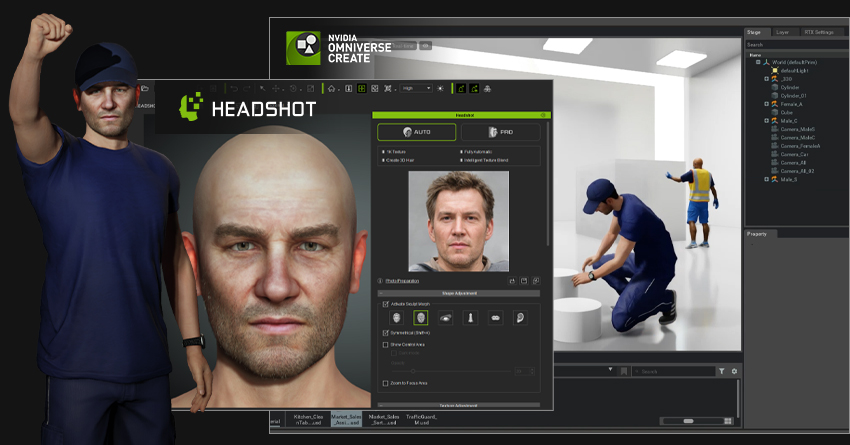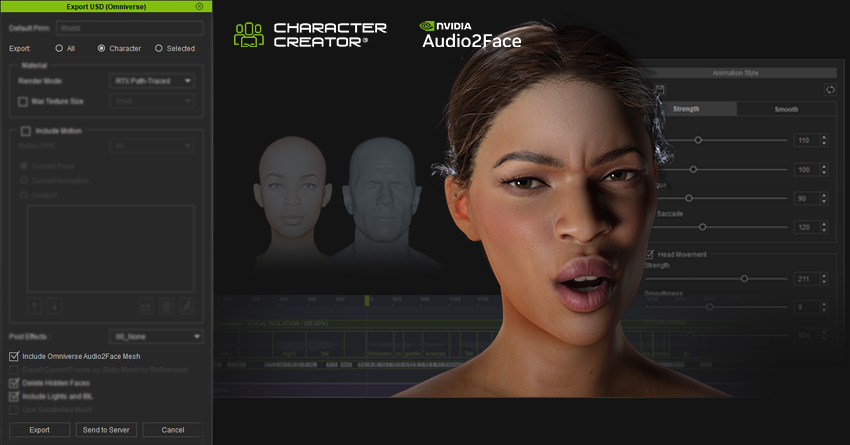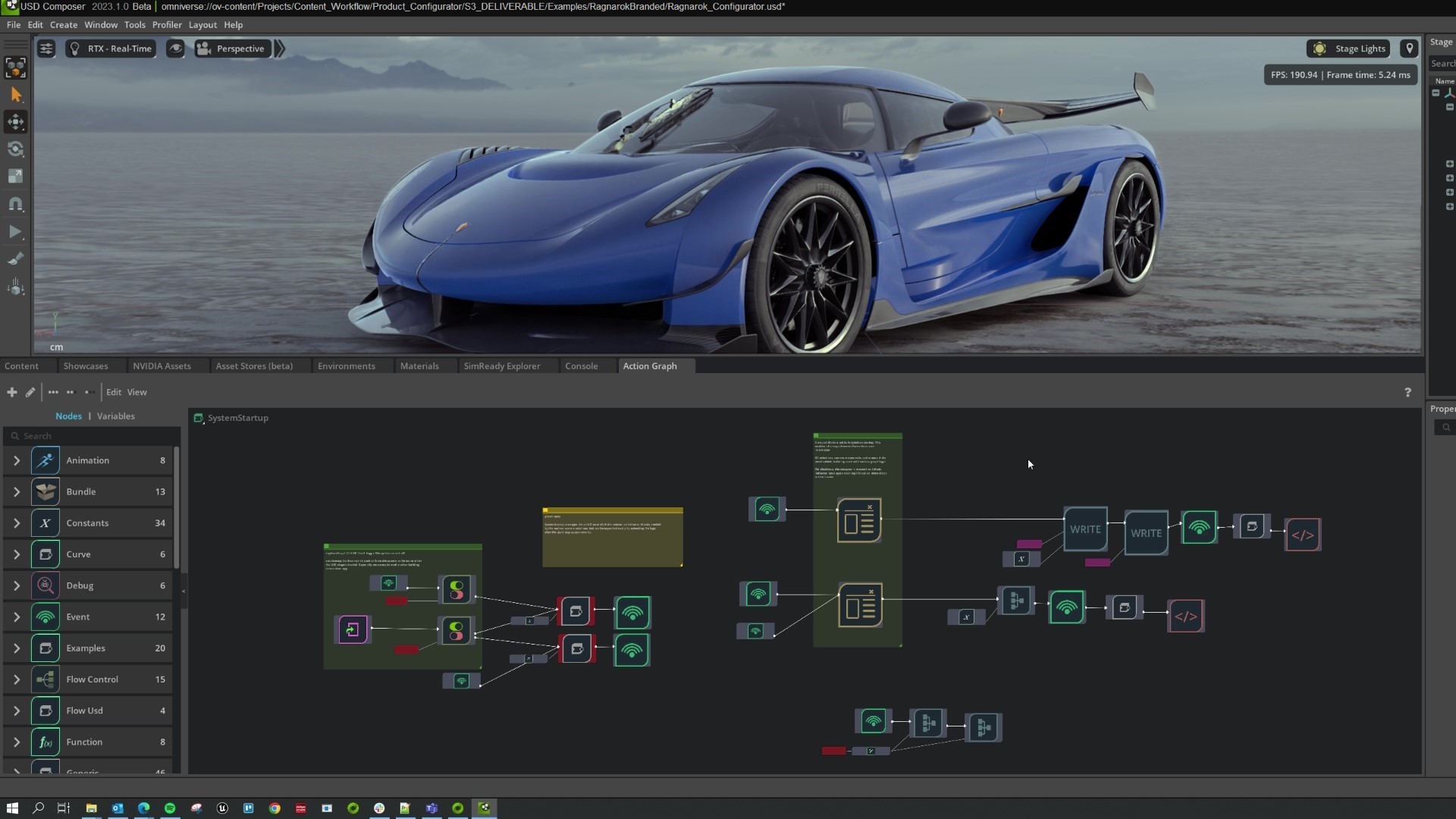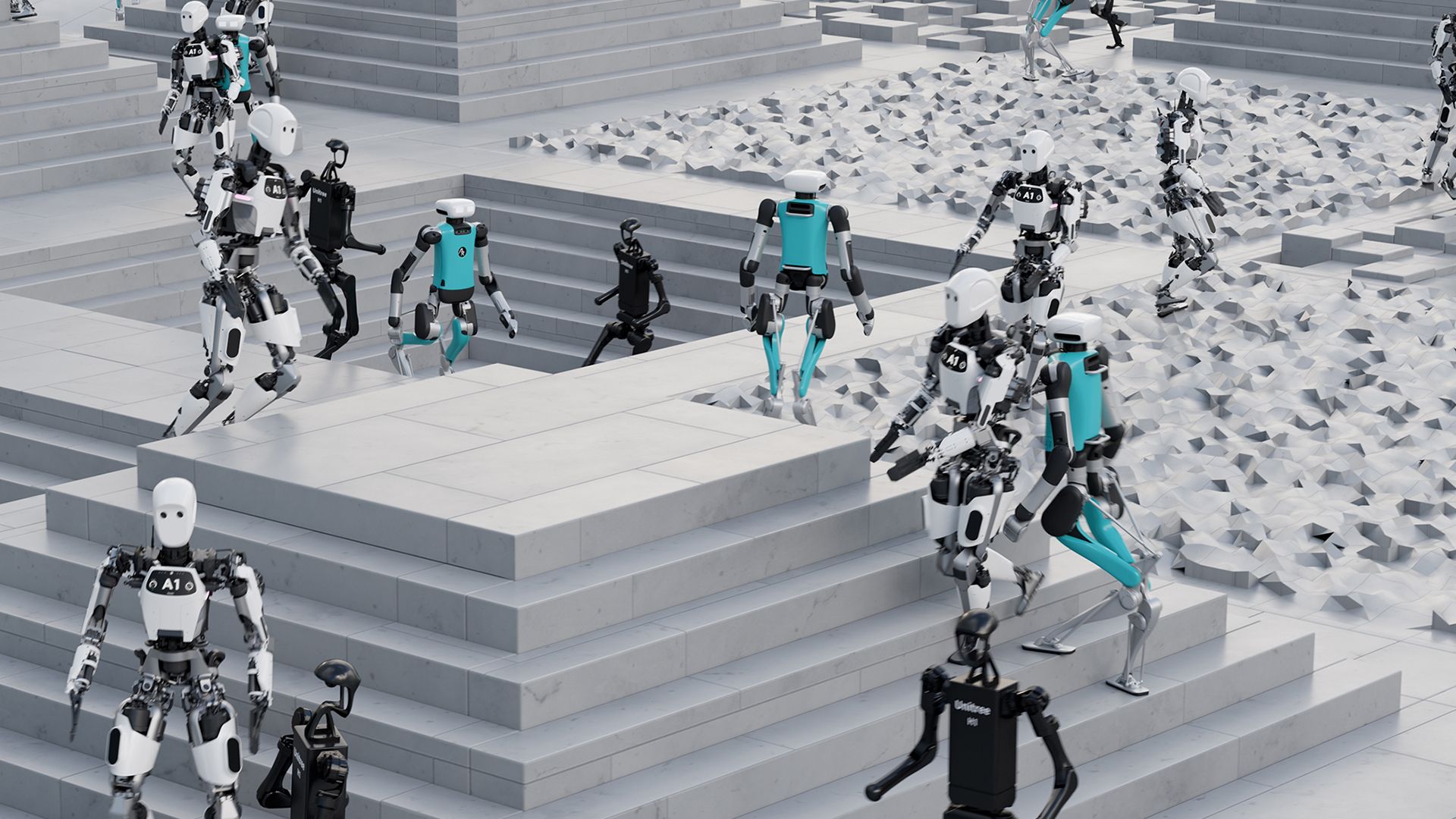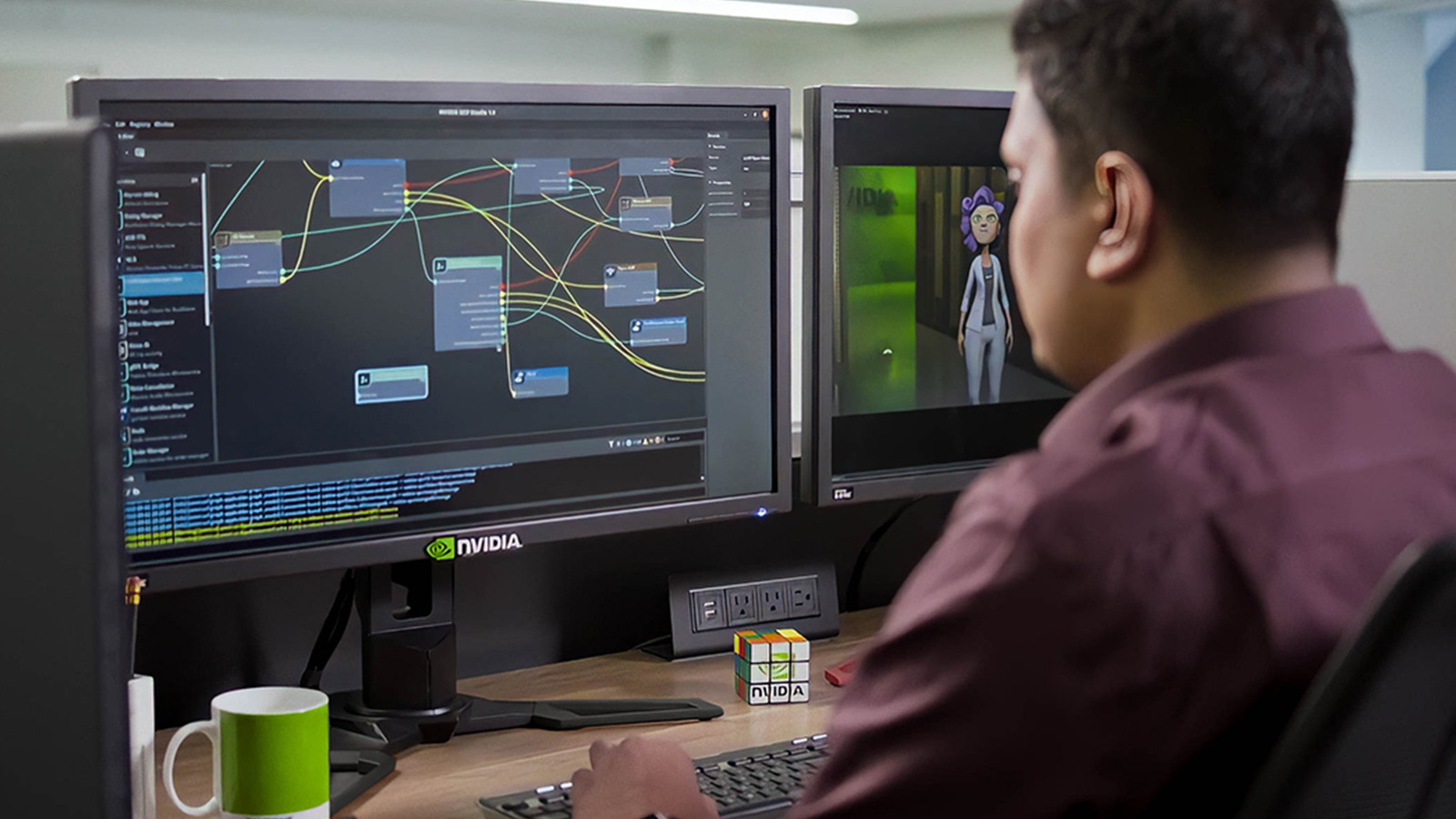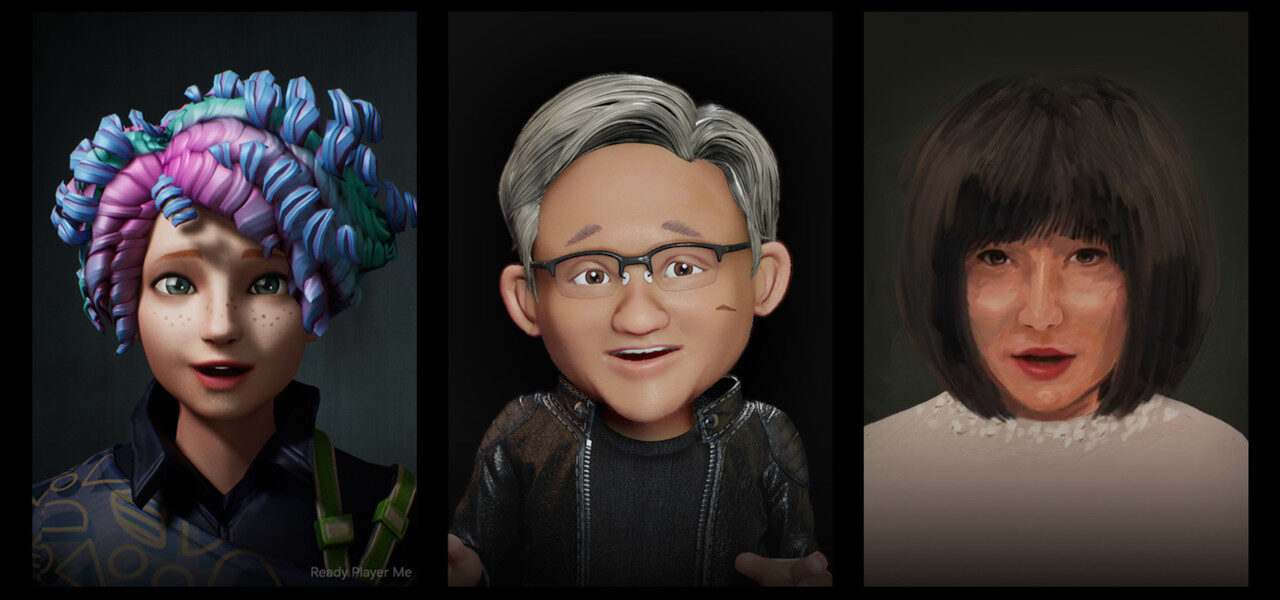Composing Scenes In Omniverse With Digital Humans

The creation of photorealistic digital humans and their seamless integration into virtual environments is rapidly advancing, fueled by platforms like Nvidia Omniverse. This technology is transforming industries from entertainment and advertising to training and simulation, offering unprecedented opportunities for realism and interactivity.
At the heart of this shift is the ability to compose complex scenes featuring these digital avatars within a shared, physically accurate virtual world. This article explores the current state of composing scenes in Omniverse with digital humans, examining the tools, techniques, and potential implications of this evolving field.
The Rise of Digital Humans in Virtual Worlds
Digital humans are no longer confined to pre-rendered animations. Advancements in real-time rendering, artificial intelligence, and motion capture technologies have made it possible to create highly realistic and interactive avatars that can populate virtual worlds.
Companies like Epic Games with their MetaHuman Creator and Nvidia with their Omniverse Avatar Cloud Engine (ACE) are leading the charge, providing accessible tools for generating and animating digital humans.
Key Tools and Technologies
Nvidia Omniverse is a key platform for composing scenes with digital humans. It provides a collaborative environment for artists, designers, and developers to work together on 3D projects.
Central to Omniverse is its reliance on USD (Universal Scene Description), an open-source 3D scene description and file format developed by Pixar. USD enables seamless interchange of complex 3D assets between different software applications, allowing for a unified workflow.
Omniverse Connectors are plugins that bridge the gap between various content creation tools and the Omniverse platform. These connectors enable users to import models, textures, and animations from applications like Autodesk Maya, Adobe Substance 3D Painter, and Unreal Engine directly into Omniverse.
The Omniverse Audio2Face application provides AI-powered facial animation, enabling users to generate realistic facial expressions and lip-sync animations from audio input. This technology is invaluable for creating believable digital humans that can speak and interact naturally in virtual environments.
Nvidia RTX technology plays a crucial role in rendering photorealistic digital humans in Omniverse. RTX cards accelerate ray tracing and AI-based rendering techniques, resulting in stunning visuals with realistic lighting, shadows, and reflections.
Composing Scenes in Omniverse
Composing scenes in Omniverse with digital humans involves several key steps. These steps often include importing the digital human model, rigging and animation, environment creation, lighting and shading, and interactive elements.
Importing and Preparing Digital Humans: Digital human models created in tools like MetaHuman Creator can be imported into Omniverse via USD. Users may need to adjust materials, textures, and shaders to ensure optimal rendering quality within the Omniverse environment.
Rigging and Animation: Once the digital human model is imported, it needs to be rigged for animation. Rigging involves creating a skeletal structure that allows the character to be posed and animated. Animation can be done through motion capture, keyframe animation, or procedural animation techniques.
Environment Creation: The virtual environment plays a critical role in creating a believable scene. Omniverse allows users to import existing 3D environments or create new ones from scratch using tools like Unreal Engine or other 3D modeling software.
Lighting and Shading: Proper lighting and shading are essential for creating a realistic and immersive experience. Omniverse supports advanced lighting techniques such as ray tracing and global illumination, which can be used to create realistic lighting effects. Materials and shaders can be adjusted to control how light interacts with the digital human and the environment.
Interactive Elements: Adding interactive elements, such as animations triggered by user input or AI-powered behaviors, can bring digital humans to life and make them more engaging. Omniverse supports scripting and programming, allowing developers to create custom interactions and behaviors for their digital humans.
Potential Impact and Applications
The ability to easily compose scenes with digital humans in Omniverse has far-reaching implications across various industries. Entertainment, advertising, training and education are just a few of the sectors that are being transformed by this technology.
In the entertainment industry, digital humans can be used to create highly realistic characters for films, video games, and virtual reality experiences. These characters can perform complex actions and express a wide range of emotions, blurring the line between reality and fiction.
Advertising and marketing professionals are using digital humans to create personalized and engaging content. Digital avatars can be used to represent brands and interact with customers in a more human-like way, leading to increased brand loyalty and engagement.
Training and education are also being revolutionized by digital humans. Virtual instructors can provide personalized instruction and feedback to students, making learning more engaging and effective.
One particularly compelling application is in healthcare, where digital humans can be used to simulate patient interactions and train medical professionals. This allows doctors and nurses to practice their skills in a safe and controlled environment before interacting with real patients.
Challenges and Future Directions
Despite the advancements in digital human technology, there are still challenges to overcome. Creating truly realistic and believable digital humans requires significant computational power and artistic skill. Moreover, there are ethical considerations surrounding the use of digital humans, such as the potential for deepfakes and misinformation.
Looking ahead, the future of digital humans in Omniverse is bright. As technology continues to evolve, we can expect to see even more realistic and interactive avatars that can seamlessly integrate into our lives. Artificial intelligence will play an increasingly important role in animating and controlling digital humans, making them more autonomous and responsive to their environment.
The development of more intuitive and accessible tools will empower more creators to compose scenes with digital humans, democratizing access to this technology and fostering innovation across various industries. The ongoing evolution of Omniverse will undoubtedly contribute to these advancements, solidifying its position as a leading platform for creating and deploying digital humans in virtual worlds.


